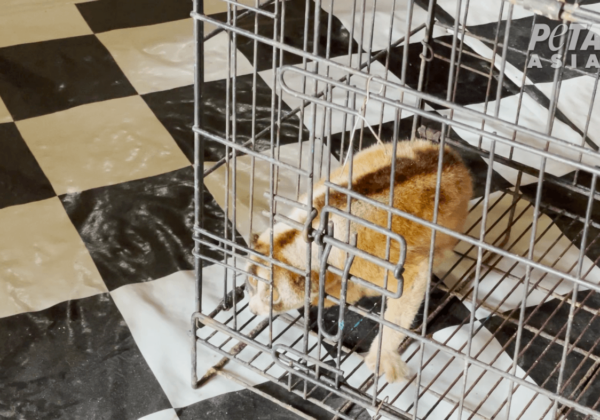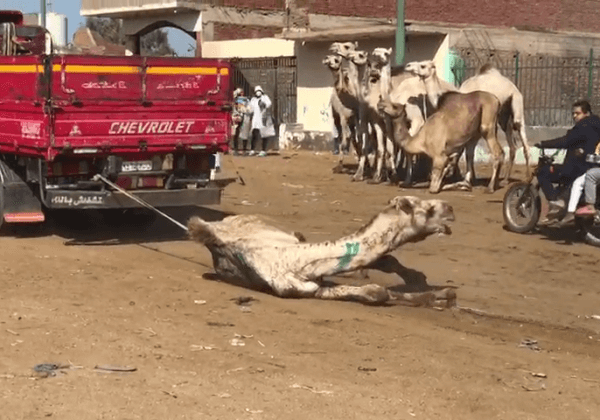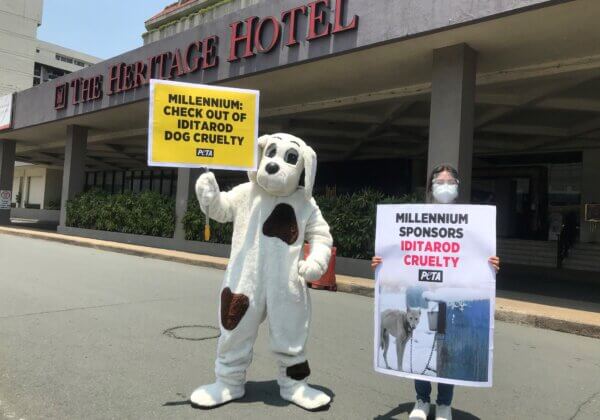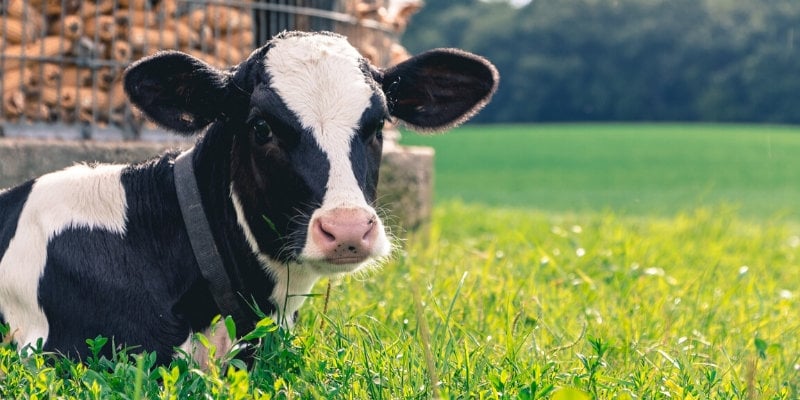Horse-Drawn Cruelty
 The cruel and inhumane horse-drawn carriage industry torments and abuses countless horses throughout many of the world’s largest cities, including Beijing, Ho Chi Minh City, Jakarta, Manila and Melbourne. Many tourists are lured in by the notion of a romantic trip through a city accompanied by the clippity-clop of horses’ hooves. However, the reality faced by the horses on a daily basis is one filled with pain, exhaustion and extreme stress. As just one example, Manila is one of the most densely populated cities on the planet, filled with horrendous traffic problems and consistently listed as one of the world’s most congested cities. Yet among the plethora of vehicles, horses are forced to pull heavy carriages filled with tourists merely to fulfill the tourists’ ideal of a historic cultural experience.
The cruel and inhumane horse-drawn carriage industry torments and abuses countless horses throughout many of the world’s largest cities, including Beijing, Ho Chi Minh City, Jakarta, Manila and Melbourne. Many tourists are lured in by the notion of a romantic trip through a city accompanied by the clippity-clop of horses’ hooves. However, the reality faced by the horses on a daily basis is one filled with pain, exhaustion and extreme stress. As just one example, Manila is one of the most densely populated cities on the planet, filled with horrendous traffic problems and consistently listed as one of the world’s most congested cities. Yet among the plethora of vehicles, horses are forced to pull heavy carriages filled with tourists merely to fulfill the tourists’ ideal of a historic cultural experience.
Anyone who has ever been to Manila would agree that its congested streets are no place for horses. The carriages share the streets with private cars, taxis, jeepneys, tricycles, motorbikes and emergency vehicles – a recipe for disaster. Despite carriage operators’ claims that the horses are comfortable working among cars and motorbikes, many accidents, injuries and even deaths to both horses and humans can occur if a horse becomes spooked in traffic. Since horses are animals of prey, it is natural for them to react to threatening situations with panic and flight, but on busy roads, this type of reaction can have fatal consequences. Another difficulty that horses on the streets face is the constant inhalation of smoke and exhaust fumes and the resulting respiratory problems. As horses’ nostrils are only about a meter from the ground, they are truly living a nose-to–exhaust pipe existence and face the same kind of lung damage that results from heavy smoking.
Horses used to pull carriages often suffer at the hands of poorly trained drivers who are incapable of recognizing the horses’ needs or plainly ignore them for economic gain. Horses who constantly walk on concrete roads suffer from inevitable lameness and hoof deterioration, which are worsened by the unwillingness of most drivers to take their horses off the streets for a few days for rest or a visit to a farrier to receive appropriate hoof care. Additionally, many drivers do not know how to fasten harnesses correctly and either leave the straps too loose, causing them to rub, or fasten them too tightly so that they pinch.

A sad, tired horse is forced to pull a carriage in China.
The leading cause of death in these horses is heat exhaustion. It is important to remember that these horses walk without reprieve for hours on hot asphalt roads. Horses can lose up to 35 litres of water while exercising in hot temperatures, and in air that is saturated by high humidity, cooling evaporation cannot occur, which leads to life-threatening failure of the sweat glands. In many cities, horses cannot be given adequate amounts of water during their work shift since no public water is readily available for them.
Even at the end of a gruelling day, there is no respite for these horses since they will not be able to graze in lush green fields or rest on comfortable bedding as they require – instead, they are left to the mercy of their owners. In Manila, government regulations mention only the health of the horses as a requirement in two sentences that are part of a six-page document outlining the rules and regulations governing the accreditation of horse-drawn carriage drivers – that the horse must be “in good health” and that no acts of “cruelty to the horse” may be committed by the driver. Given the poor condition of any horse cruelly shackled between the shafts of a carriage, it is obvious that these rules are not adhered to. At the end of their severely shortened lives, all these poor creatures have to look forward to is the terror of a slaughterhouse as they are butchered and made into dog food.
If you are a tourist who does not want to fund and support this cruel industry, please do not go for a ride in any horse-drawn carriage. Instead, opt for an eco-friendly way of exploring a city so that those who cannot defend themselves are released from a lifetime of agony.
Posted by PETA Asia-Pacific intern Milena Konig









